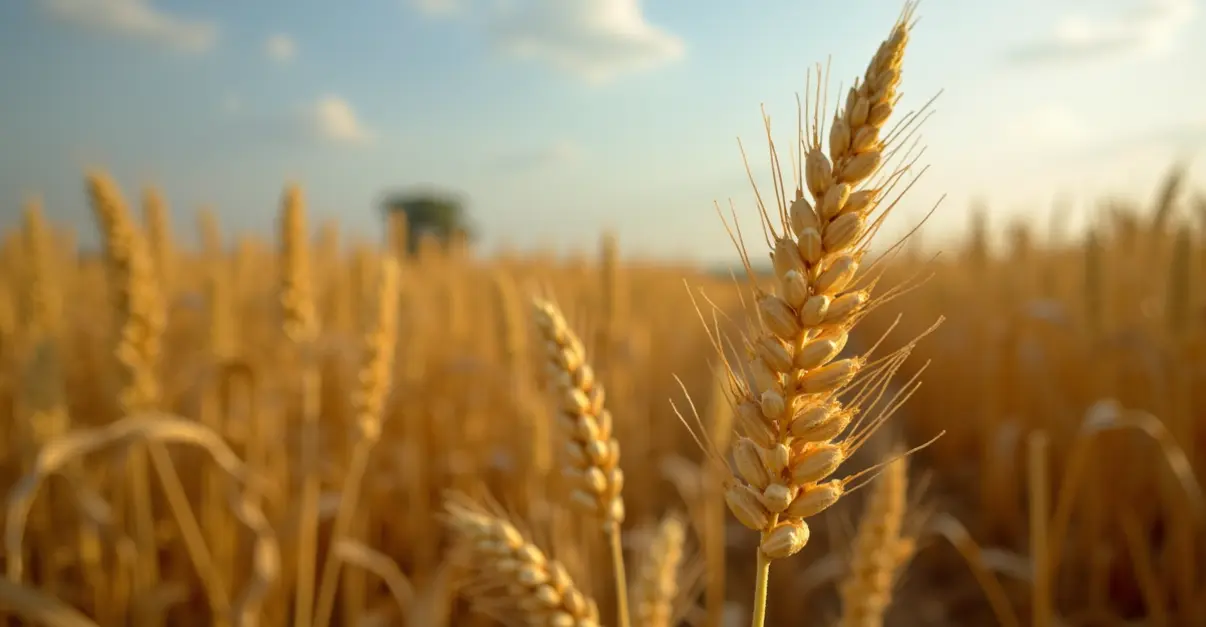Scientists identify key genetic markers for drought tolerance in crops like sorghum and pearl millet through field trials. Research shows promising varieties that maintain yields with minimal rainfall, offering climate-resilient solutions for agriculture.

Major Research Advance in Drought-Resistant Crops
Scientists have achieved a significant breakthrough in developing crops that can withstand severe drought conditions, according to research published this year. The findings come from multiple international studies that identified key genetic markers associated with drought tolerance in important food crops like sorghum and pearl millet.
Field Trial Success Stories
In Kansas field trials conducted during 2023-2024, researchers evaluated 188 pearl millet accessions under both irrigated and rainfed conditions. The study, published in Scientific Reports, identified nine superior accessions across three maturity groups that demonstrated remarkable drought resilience. 'These varieties maintained high yields with only 381-584 mm annual rainfall, significantly outperforming other grasses in water-scarce conditions,' explained lead researcher Dr. Maria Rodriguez.
The research team used multiple stability models including BLUP-based GGE biplot, MTSI, MGIDI, and FAI-BLUP to select the most promising varieties. They found that chlorophyll index, stay-green characteristics, and biomass traits served as effective drought tolerance indicators with moderate to high heritability.
Genetic Marker Discovery
In a parallel study focused on sorghum, researchers conducted a comprehensive genome-wide association study (GWAS) using a mini core panel of 239 global landraces. The research, detailed in Frontiers in Plant Science, identified 22 significant genetic loci associated with drought tolerance, with 19 specifically linked to seedling tolerance coefficient traits.
'What's particularly exciting is that 11 of these loci colocate with previously identified drought-related quantitative trait loci, confirming their importance across different environments,' stated Dr. James Wilson, senior author of the sorghum study. The team identified 19 candidate genes for 12 loci, with five showing preferential or specific root expression patterns.
Adoption Challenges and Opportunities
Despite these promising findings, significant challenges remain in translating genetic discoveries into practical farming solutions. A comprehensive review in PubMed highlights that major staple crops like wheat, rice, soybean, and corn remain poorly adapted to withstand drought stress, posing threats to global food security.
'Current breeding and engineering efforts have had limited success due to the complexity of tolerance mechanisms and environmental variability,' noted agricultural scientist Dr. Sarah Chen. 'We need interdisciplinary collaboration and stakeholder engagement to translate research into solutions that benefit farmers directly.'
Precision Genetic Engineering Approaches
Emerging technologies offer new hope for accelerating adoption. A recent review in Science outlines precision genetic engineering approaches that could enable crops to develop deeper roots during drought and enhance water uptake efficiency. 'This represents a shift toward surgical-level precision in crop engineering to build climate-resilient agriculture without unwanted side effects,' explained Caltech researcher Trevor Nolan.
The research demonstrates that brassinosteroid hormones regulate root growth through dynamic cell-specific feedback networks, creating optimal growth conditions when hormones are present in the right amounts at the right locations.
Future Implications
These genetic breakthroughs come at a critical time as climate change intensifies drought conditions worldwide. The identified genetic markers and superior varieties provide crucial resources for developing drought-tolerant parental lines and hybrids. Pearl millet, in particular, shows promise as a climate-resilient alternative forage crop that could help address livestock feed challenges in water-scarce regions.
As Dr. Rodriguez emphasized, 'The combination of traditional breeding with modern genetic tools gives us unprecedented ability to develop crops that can thrive in challenging environments, potentially transforming agriculture in drought-prone regions.'

 Nederlands
Nederlands
 English
English









